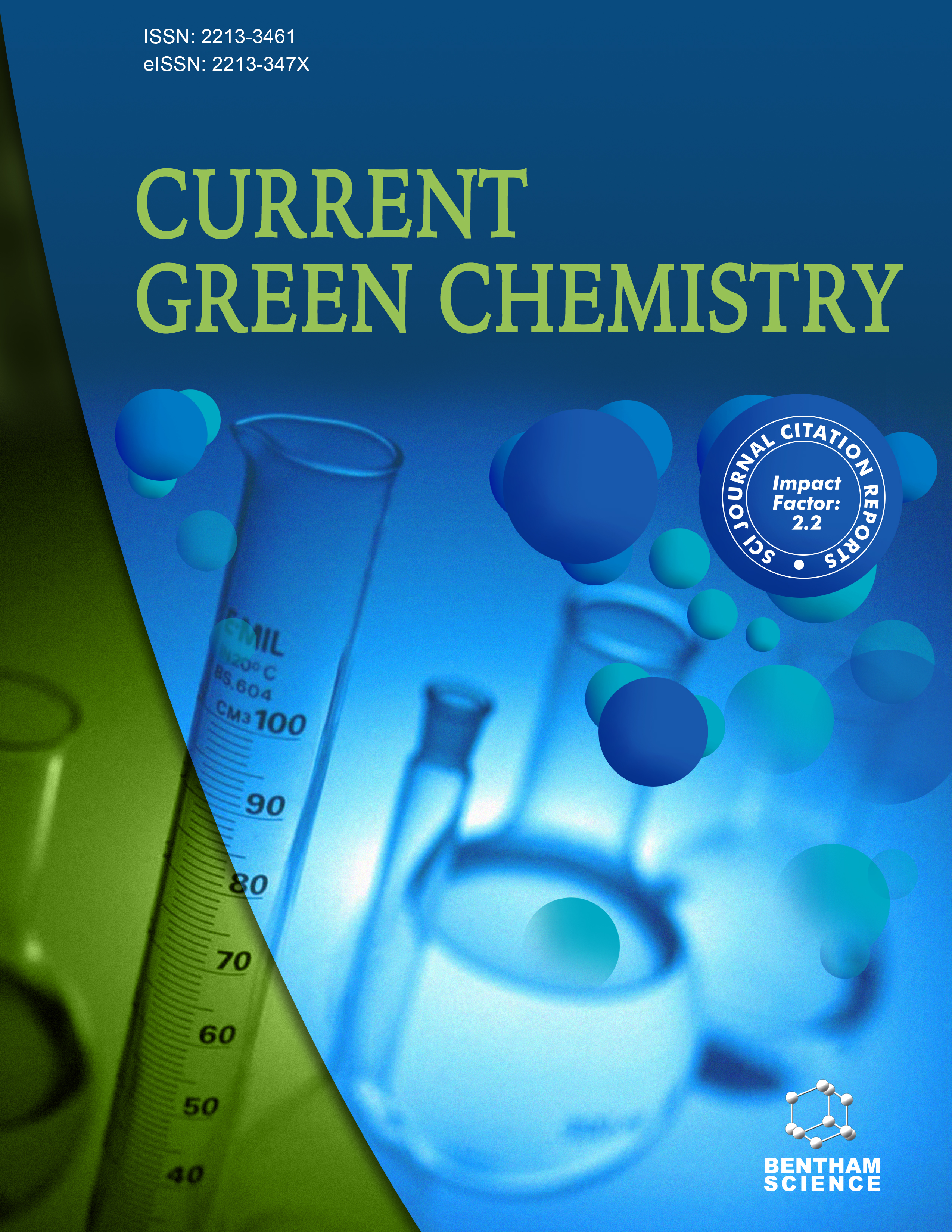
Full text loading...
We use cookies to track usage and preferences.I Understand
The pharmaceutical sector is a major component of current healthcare, manufacturing and distributing drugs, biological substances, and medical equipment. Despite its advantages, the sector creates enormous waste, including materials for packaging, production by-products, expired or unused drugs, and other residues, creating health and environmental issues. Appropriate pharmaceutical waste handling and medication recovery strategies are vital for limiting these problems. This article aims to investigate and evaluate multiple techniques for recovering pharmaceuticals from pharmaceutical waste, highlighting the significance of sustainable waste management in the pharmaceutical sector. The paper emphasizes the need to use modern methods such as liquid-liquid extraction, membrane crystallization, solid-liquid extraction, and adsorption to recover drugs from pharmaceutical waste. Liquid-liquid extraction exhibits excellent adaptability and efficiency for varied Active Pharmaceutical Ingredients (APIs), whereas membrane crystallization provides low-energy solutions for thermally sensitive compounds. Solid-liquid extraction is useful for recovering APIs from solid dosage forms, while adsorption approaches exploit substances like activated carbon for organic component recovery. Each process has particular benefits and disadvantages, with the selection of methodology based on waste properties and recovery objectives. It emphasizes the promise of these technologies for high extraction yields, purity, and environmental sustainability, supporting effective pharmaceutical waste management procedures. Additionally, difficulties such as cost-effectiveness, scalability, and regulatory compliance are addressed, pointing to opportunities for future research and development to improve the efficacy of drug recovery procedures. In conclusion, using advanced techniques to recover pharmaceuticals from pharmaceutical waste offers a viable way to implement sustainable waste recovery procedures and lessen the pharmaceutical industry's negative environmental effects.

Article metrics loading...

Full text loading...
References


Data & Media loading...

